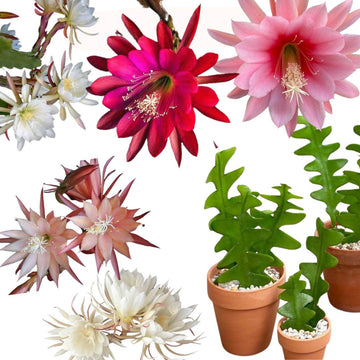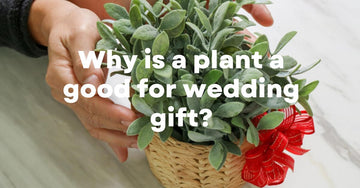
When it comes to choosing plants for garden design, there are a few key factors to consider. First, think about your climate and soil conditions. Some plants are more tolerant of heat, cold, drought, or wet conditions, so it's important to choose plants that will thrive in your area. You should also consider the amount of sunlight that your garden gets, as this will affect which plants will do well.
Next, consider the purpose of the plants in your garden. Do you want to create a colorful display of annual flowers? Or do you want to attract butterflies and birds with a variety of flowering perennials? Do you want to create a formal, structured garden with carefully placed shrubs and trees, or a more natural, informal garden with a mix of different plant types?
There are many plants to choose from, so it's helpful to narrow down your options by thinking about the overall look and feel you want to create in your garden. Some popular choices for garden design include roses, daylilies, irises, peonies, hostas, ferns, and lavender. You can also consider incorporating edible plants, such as herbs, vegetables, and fruit trees, into your garden design.
Here is a List of Popular Outdoor Plants:
Benefits of outdoor plants
There are many benefits to having outdoor plants in your garden or landscaping. Some of the main benefits include:
-
Beauty: Outdoor plants add visual interest and beauty to your outdoor space, with a wide range of colors, shapes, and textures to choose from.
-
Oxygen production: Plants produce oxygen as a byproduct of photosynthesis, which can help improve the air quality in your outdoor space.
-
Cooling: Plants can help cool the air temperature in your outdoor space, providing relief on hot summer days.
-
Noise reduction: Plants can help reduce noise pollution, as they can absorb and deflect sound waves.
-
Habitat: Outdoor plants can provide habitat for a variety of wildlife, including birds, butterflies, and pollinators.
-
Property value: A well-landscaped property can increase the value of your home or business.
-
Relaxation: Studies have shown that being around plants and nature can have a calming effect on people and can reduce stress and improve mental health.
-
Food production: Many outdoor plants, such as fruit trees and vegetable plants, can provide food for you and your family.
Overall, outdoor plants can have a positive impact on your outdoor space and on your well-being.
There are a few general steps you can follow to care for outdoor plants:
- Water your plants regularly, making sure to check the soil moisture level first. Avoid over-watering, as this can cause root rot.
- Fertilize your plants according to their specific needs. Most plants benefit from a balanced fertilizer applied once a month during the growing season.
- Prune your plants regularly to remove dead or damaged branches and encourage new growth.
- Protect your plants from pests and diseases by using organic or chemical controls as needed.
- Provide your plants with the appropriate amount of sunlight for their specific needs.
- Keep an eye on the weather and protect your plants from extreme temperatures or heavy winds if necessary.
- Mulch around your plants to help retain moisture in the soil and suppress weeds.
By following these tips, your outdoor plants should thrive and stay healthy.
Frequently Asked Questions?
What are some easy-to-grow outdoor plants?
Ans) Some easy-to-grow outdoor plants include marigolds, sunflowers, zinnias, and cosmos. These plants are relatively low maintenance and can tolerate a wide range of growing conditions.
How do I choose the right plants for my outdoor space?
Ans) When choosing plants for your outdoor space, consider the amount of sunlight the area receives, the soil type, and the amount of water the plants will receive. It's also a good idea to think about the size and growth habits of the plants and whether they will be suitable for the space.
How do I care for outdoor plants?
Ans) To care for outdoor plants, make sure they receive enough sunlight and water. Water deeply and regularly, especially during dry spells. Fertilize with a balanced plant food according to the package instructions. Prune as needed to maintain the shape and size of the plants.
How do I protect outdoor plants from pests and diseases?
Ans) To protect outdoor plants from pests and diseases, keep the area around the plants clean and free of debris. Remove any damaged or diseased plant parts as soon as you notice them. Use pesticides and fungicides as needed, following the package instructions carefully.
Can I bring outdoor plants inside during the winter?
Ans) Some outdoor plants can be brought inside during the winter, but it's important to acclimate them to the lower light levels and dry air of indoor spaces gradually. Check the plant's specific needs and be prepared to provide additional care, such as supplemental lighting and increased humidity, to help the plant thrive indoors.




